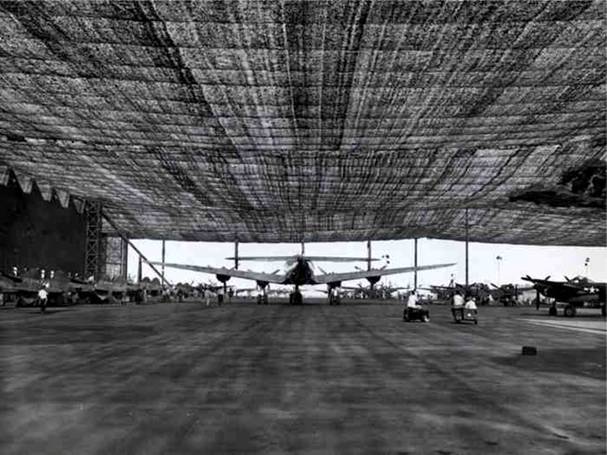shin_getter
ACCESS: Top Secret
- Joined
- 1 June 2019
- Messages
- 1,113
- Reaction score
- 1,502
With the massive growth of ISR systems, countermeasures needs to be enhanced to keep up.
I think massed deployment of camo nets have potential in degrading PGM effectiveness. It can also prevent satellites (even civilian!) from observing just about everything in the small wars today, especially when one is attempting some kind of plausible deniability.

Now, such tactics are by no means new as one can see in the photo. However it appears under utilized somehow.
I think the difficulty in setting the nets up and cleaning them up after being bombed might have something to do with it.
So has anyone developed engineering equipment/system that enables rapid deployment to cover huge volumes and so on? This ability would be important when blending into the natural environment is unlikely, however preventing observation of what is under it still works. Bonus points for system that work in urban environments, instead of having folks improvise as in Marawi.
I think massed deployment of camo nets have potential in degrading PGM effectiveness. It can also prevent satellites (even civilian!) from observing just about everything in the small wars today, especially when one is attempting some kind of plausible deniability.

Now, such tactics are by no means new as one can see in the photo. However it appears under utilized somehow.
I think the difficulty in setting the nets up and cleaning them up after being bombed might have something to do with it.
So has anyone developed engineering equipment/system that enables rapid deployment to cover huge volumes and so on? This ability would be important when blending into the natural environment is unlikely, however preventing observation of what is under it still works. Bonus points for system that work in urban environments, instead of having folks improvise as in Marawi.
Last edited:




